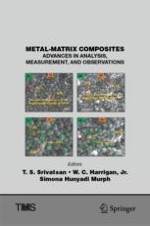This collection brings together engineers, scientists, scholars, and entrepreneurs to present their novel and innovative contributions in the domain specific to metal-matrix composites and on aspects specific to modeling, analysis, measurements, and observations specific to microstructural advances. Topics include but are not limited to:
· Metals and metal-matrix composites
· Nano-metal based composites
· Intermetallic-based composites
Contributions in the above topics connect to applications in industry-relevant areas: automotive, energy applications, aerospace, failure analysis, biomedical and healthcare, and heavy equipment and machinery.
